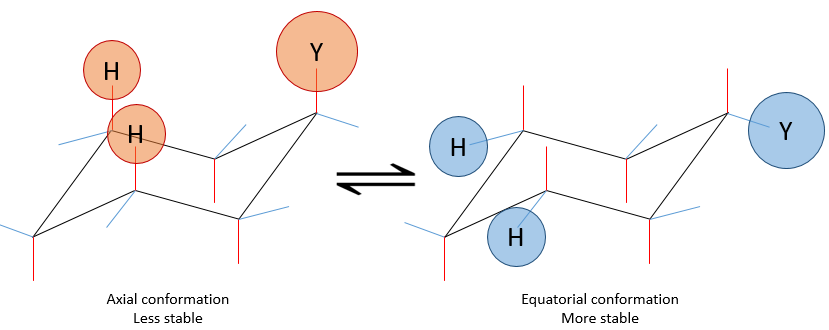

Interestingly, these solvents have good Hansen solubility properties (HSP) to dissolve the like molecules. Similarly, p-cymene and α-pinene are derived from tree oils and pine forests respectively. For example, d-limonene is derived from citrus peels and employed in many applications. Terpenes are isoprene units (C 5H 8) derived chiefly from agriculture sources. Recent advances on ‘green’ approaches have great impetus in oil industry because of green solvents i.e., terpenes ( d-limonene, p-cymene and α-pinene). Green solvents are derived either from naturally (water and CO 2) or agricultural residues (terpenes) or petroleum sources, which have good solubilizing properties like conventional solvents. In addition, the opportunities and challenges of AEE have been given comprehensively to understand the merits and de-merits of the technology. Hence, green technology such as aqueous enzymatic extraction (AEE) coupled with green solvents have huge potential to replace n-hexane without any compromise in oil recovery from the process. Green solvents and technology are aimed to develop an environment friendly process with simultaneous reduction of pollutants for oil extraction.

Hence, green solvents coupled with technology are a viable alternative for oil extraction. Therefore, health perspective, safety and environment concerns have triggered to look for a substitute to n-hexane without compromising the yield of oil. Toxicity has been observed in piglets fed with de-fatted meal containing residual hexane which was left over after the process. Moreover, several studies revealed that hexane affects neural system when inhaled by humans because of solubility in neural lipids. In contrary, while in extraction and recovery processes, hexane is released into the environment that react with the pollutants to form ozone and photo chemicals. Hexane has been widely used for oil extraction because of easy oil recovery, narrow boiling point (63–69 ☌) and excellent solubilizing ability. In SE process, the oilseeds are washed with hexane, thereafter the hexane is separated from oil by evaporation and distillation. Before performing solvent extraction the oilseeds are processed (flaked, cracked, ground or pressed) to suit for the enhanced oil recovery by solvent extraction. Among these methods, solvent extraction has been widely adapted for economical and practical concerns. Hence, the review is mainly focussed on the prospects and challenges of green solvents and technology as the best option to replace the conventional methods without compromising the quality of the extracted products.Ĭonventional oil extraction from oilseeds has been performed by hydraulic pressing, expeller pressing and solvent extraction (SE). These green solvents and technologies are considered green owing to the attributes of energy reduction, eco-friendliness, non-toxicity and non-harmfulness. Similarly, green solvents such as terpenes and ionic liquids have tremendous solvent properties that enable to extract the oil in eco-friendly manner.


Enzyme technology has great potential for oil extraction in oilseed industry. Enzyme mediated extraction is eco-friendly, can obtain higher yields, cost-effective and aids in obtaining co-products without any damage. In this review, green solvents and technology like aqueous assisted enzyme extraction are better solution for oil extraction from oilseeds. To circumvent the problem, green solvents could be a promising approach to replace solvent extraction. However, usage of hexane as a solvent has lead to several repercussions such as air pollution, toxicity and harmfulness that prompted to look for alternative options. In solvent extraction, n-hexane is used as a solvent for its attributes such as simple recovery, non-polar nature, low latent heat of vaporization (330 kJ/kg) and high selectivity to solvents. The conventional technology used for oil extraction from oilseeds is by solvent extraction. Oilseeds are crucial for the nutritional security of the global population.


 0 kommentar(er)
0 kommentar(er)
